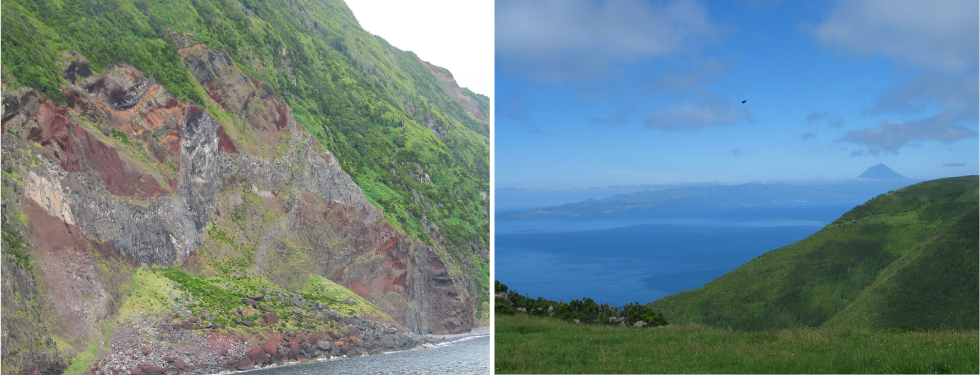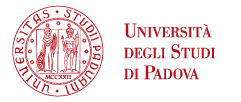Journey to the center of the Earth: secrets of the mantle beneath the Azores

The depths of the Earth hold secrets that shape our planet in ways still partially unknown. Among these, the massive mantle upwellings—columns of scorching rock rising from depths of nearly 3,000 kilometers—are one of the most enigmatic phenomena. These deep movements, responsible for forming volcanic landscapes, also influence ecosystems, climate, and resources. A recent study led by Andrea Marzoli, Full Professor of Department TESAF, and by Christine M. Meyzen, Aggregate Professor of the Department of Geosciences, opens new horizons in understanding the mantle beneath the Azores archipelago, revealing a complex mosaic of chemical and thermal variations. The study is published in the Journal of Petrology.
The Azores: a window into the Earth’s mantle
Located on a 20-million-year-old oceanic plateau near the Mid-Atlantic Ridge, the Azores archipelago comprises nine islands divided into three groups: western, central, and eastern. This unique position makes the Azores a “natural laboratory” for studying mantle dynamics, which fuel local volcanism.
From microstructures to global patterns
The study analyzed multiple scales to understand mantle dynamics. On São Jorge Island, researchers observed rapid changes in magma composition around 200,000 years ago. These changes were attributed to the rise of small portions of mantle material, only 5-10 kilometers long, moving at a speed of 3-4 cm per year.
Zooming out to the central group of the Azores, a NNE-SSW chemical zonation emerged. This pattern reflects "filamentous heterogeneities" in the mantle, caused by the vertical stretching of peridotite rocks with inclusions of fertile materials such as pyroxenite.
On a larger scale, the study identified a clear chemical divide between the central and eastern Azores. This phenomenon suggests that the mantle plume beneath the archipelago splits at shallow depths, channeling material from the African Superswell, a vast mantle anomaly originating near the Earth’s core.
Why it matters
The findings demonstrate that the mantle beneath the Azores is a dynamic and intricate system where even minimal chemical variations can influence the timing and scale of volcanic eruptions. This knowledge is crucial to understanding how deep mantle processes impact surface environments over time.
The future of research
To improve understanding of these dynamics, the research team emphasizes the need for expanded analyses, broader sampling, high-resolution geochemical maps, and advanced dynamic modeling. Exploring mantle heterogeneities could bring us closer to unraveling the mysteries of our planet's interior.





